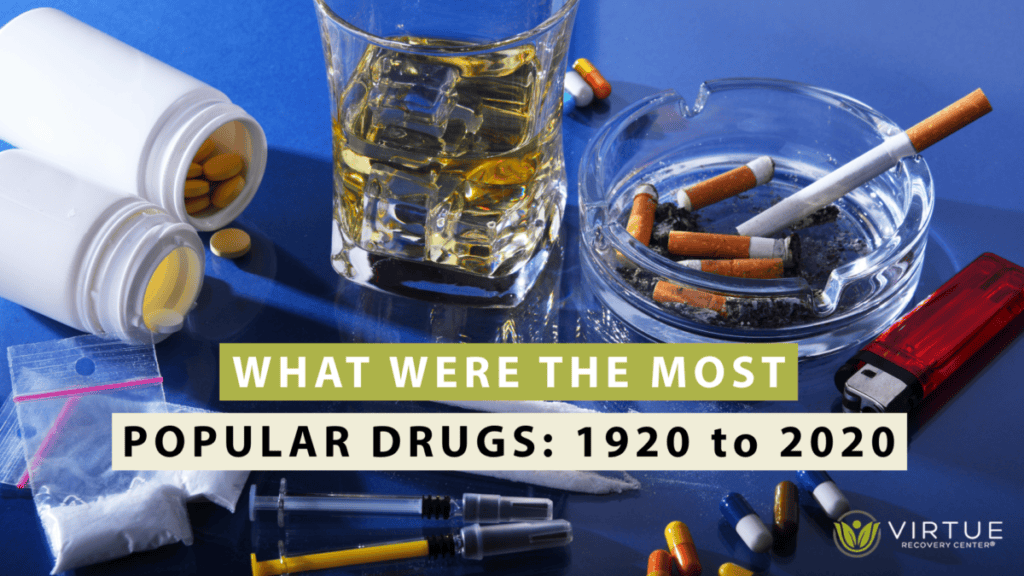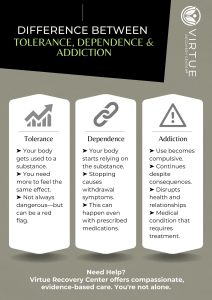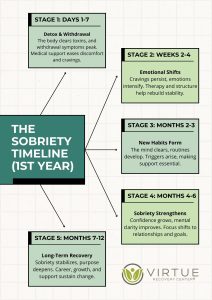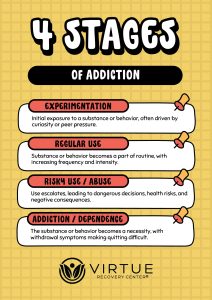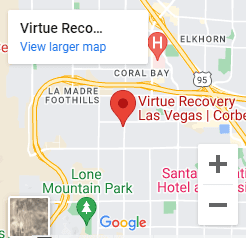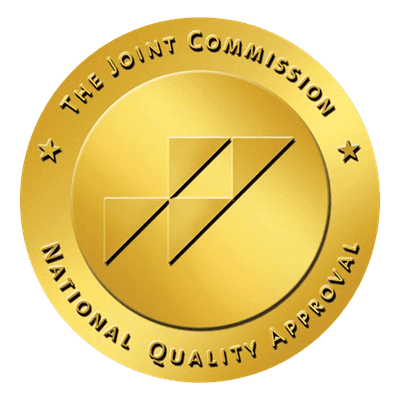Analyzing the development of drug trends in America during the past century provides a historical perspective of the factors that have influenced substance use. From the bootleggers and flappers of the Roaring Twenties to the synthetic opioids of the present day, each decade has its own set of problems and preferred substances. This article focuses on the most commonly used drugs in America from the 1920s to the 2020s and how they changed the world. Analyzing these trends, one can understand the nature of drug addiction and the constant fight against it.
Takeaways
| Decade | Most Popular Drugs |
| 1920s | Alcohol (Prohibition Era) |
| 1930s | Marijuana and Cocaine |
| 1940s | Amphetamines |
| 1950s | Barbiturates and Amphetamines |
| 1960s | Marijuana, LSD, and Amphetamines |
| 1970s | Marijuana, Cocaine, and Heroin |
| 1980s | Cocaine (especially Crack Cocaine) |
| 1990s | Heroin and Methamphetamine |
| 2000s | Prescription Opioids and Ecstasy |
| 2010s | Synthetic Cannabinoids, Prescription Opioids, and Heroin |
| 2020s | Fentanyl, Methamphetamine, and Prescription Opioids |
How Have Drug Trends Changed Over the Years and How Can New Apps Help in Addiction Recovery?
Drug trends have evolved drastically over the years, with new substances emerging and old ones resurging in popularity. However, with the rise of technology, the best new apps for addiction recovery options are providing a convenient and accessible way for individuals to seek support and guidance on their journey to recovery.
100 Years of Drug Use in America
America has seen a lot of changes in the use of different drugs in the last century. Every decade had its trends determined by the interaction of cultural, social, and economic factors. For example, the prohibition of alcohol in the 1920s led to a dramatic increase in the use of alcohol and the use of hallucinogenic drugs such as LSD and marijuana in the 1960s. These trends were often initiated by cultural values, legislation, and substance access shifts, which signified larger shifts in American culture.
This article aims at identifying the most used drugs in America from the 1920s to the 2020s and, thus, understanding the changes in substance abuse over time. Looking at the popular substances in each decade, one can identify the factors that contributed to the development of drug trends. This article explores the history of drug use in America, from the use of amphetamines during World War II to the opioid crisis in the 21st century. Understanding these patterns makes it possible to understand the history better and apply the knowledge to the present-day attempts at combating substance abuse and its effects.
1920s: The Prohibition Era and Alcohol
The 1920s were dominated by Prohibition, a nationwide constitutional ban (Volstead Act) on the production, importation, transportation, and sale of alcoholic beverages. However, alcohol consumption continued to be a common vice; with the sale of alcohol prohibited, there were many hidden bars and bootleggers. The temptation of prohibited alcohol made it the most used ‘drug’ of the decade.
Regarded as the true first cocaine epidemic in America, the groundwork for the rise of cocaine use and addiction could be easily seen back to the 1880s, 1886 specifically, when ‘Coca-Cola’ gained popularity as a tonic and elixir that provided ‘energy and vigor.’ As far back as 1903, cocaine was seen as a blight. An early commission on drugs (Commission on the Acquisition of the Drug Habit) declared cocaine as synonymous with ‘bohemians, gamblers, prostitutes and racketeers.’
1930s: Marijuana and Cocaine
In the 1930s, marijuana became a popular recreational substance, in part because of the increased immigration from Mexico, which introduced the use of cannabis to the United States. At the same time, cocaine, which had been used in medicinal tonics and beverages, was still being consumed for fun. The cultivation and usage of marijuana began with cultivation around the year 1600. Marijuana was used throughout the US primarily as a medicinal drug and was widely available in drug and general stores.
1940s: Amphetamines
The 1940s were marked by the use of amphetamines, which were used during the Second World War to prevent fatigue and keep soldiers awake. After the war, civilians also started using amphetamines for weight loss and energy boosts, which led to the start of stimulant use. Amphetamines first gained popularity in the 1920s and 1930s.
1950s: Barbiturates and Amphetamines
The use of amphetamine was also continued in the 1950s, especially by housewives and students who wanted to have an energy boost. Barbiturates, which were used to treat anxiety and insomnia, also became popular, but they had a high propensity for abuse.
1960s: The Psychedelic Era
The 1960s were characterized by a revolution of culture that embraced widespread experimentation with mind-changing substances. Marijuana, LSD, and amphetamines were just a few drugs of choice, heavily influencing the counterculture movement. LSD, in particular, became synonymous with the 60’s quest for expanded consciousness and spiritual exploration. LSD was created accidentally in a lab by Dr. Albert Hofmann, a chemist who found himself embarking on the world’s first LSD ‘trip.’ LSD was relatively cheap but difficult to acquire.
1970s: Marijuana, Cocaine, and Heroin
Marijuana continued its popular trend in the 1970s while cocaine use increased and became associated with the disco culture. Heroin also became popular, especially in urban areas, and this led to a rise in the number of people suffering from drug-related diseases. Opiates like heroin originated in China and gained popularity with Chinese laborers who bought and used ‘opium’ primarily for pain relief.
1980s: The Cocaine Boom
The decade of the eighties was characterized by the abuse of cocaine, especially in the form of crack. Crack cocaine was relatively cheap and more potent, which led to an epidemic that was most prevalent in the inner-city areas and which also led to a very costly, aggressive war on drugs by the government on drug offenses. Cocaine peaked in popularity around 1982, with more than 10 million active users. In the late 70’s and early 80’s, cocaine gained intense popularity in movies and on TV.
1990s: Heroin and Methamphetamine
In the 1990s, heroin made a significant comeback, driven by ease of availability and high purity. Simultaneously, methamphetamine use continued to rise, especially in rural areas, as the drug could be easily created using many common household chemicals.
2000s: Prescription Opioids and Ecstasy
The beginning of the 3rd millennium saw a sharp increase in the misuse of prescription opioids, which culminated in the opioid crisis that is still prevalent in America. Ecstasy (MDMA) also gained popularity, especially among the users of rave and electronic dance music.
2010s: Synthetic Cannabinoids and Continued Opioid Crisis
The 2010s saw the rising popularity of synthetic cannabinoids (often referred to names like “Spice” or “K2”), which posed great health risks due to their unpredictable effects. The opioid crisis persisted, with heroin and fentanyl driving a surge in overdose deaths.
2020s: Fentanyl and Methamphetamine
Today, we still struggle with the opioid crisis, and fentanyl is one of the leading causes of overdose. Methamphetamine use is also increasing, highlighting the ever-continuing trend of America’s drug problems. Fentanyl can be 50 to 100 times stronger than other drugs like opioids and can be easier to manufacture and transport. Though fentanyl has been around since the 1960, it has gained immense popularity as of late. Much of the illegal drug market has transitioned to the manufacture and purchase of fentanyl.
Conclusion
Analyzing the shifts in the popularity of drugs over the past hundred years is crucial for comprehending the socioeconomic and cultural factors that contribute to substance abuse. As we enter the 2020s, the problem of drug abuse is a multifaceted one, and it is crucial to focus on prevention, treatment, and raising awareness.
Addiction Treatment is Within Reach
Treatment centers like Virtue Recovery use evidence-based methods and compassionate care to help those with an addiction take comfort in knowing that there are robust support systems ready to guide you through this journey.
Enrolling in a reputable recovery program represents an important step towards regaining a healthy, addiction-free life you are entitled to.
FAQ:
Q: What were the most popular drugs in the 1920s in America?
A: The 1920s were dominated by alcohol, despite Prohibition, which led to the rise of illegal speakeasies and bootlegging operations.
Q: What drugs were most commonly used during the 1940s?
A: Amphetamines were widely used in the 1940s, particularly during World War II, to keep soldiers alert and combat fatigue. Post-war, they became popular among civilians.
Q: What was the drug trend in the 1950s?
A: The 1950s saw continued use of amphetamines, especially for weight loss and increased energy. Barbiturates also became popular for treating anxiety and insomnia.
Q: What drugs defined the 1960s?
A: The 1960s were characterized by the use of marijuana, LSD, and amphetamines, influenced by the counterculture movement and the quest for expanded consciousness.
Q: Which drugs were most popular in the 1970s?
A: Marijuana, cocaine, and heroin were the most popular drugs in the 1970s, with cocaine becoming a symbol of the disco era’s excess and heroin contributing to a public health crisis.
Q: What was the most popular drug in the 1980s?
A: The 1980s were defined by the widespread use of cocaine, particularly crack cocaine, which led to an epidemic and severe government crackdowns.
Q: Which drugs were prevalent in the 1990s?
A: The 1990s saw a resurgence of heroin use and a rise in methamphetamine use, particularly in rural areas due to its easy manufacture.
Q: What were the most popular drugs in the 2000s?
A: Prescription opioids and ecstasy (MDMA) were the most popular drugs in the 2000s, with the opioid epidemic starting to take hold.
Q: What drugs became popular in the 2010s?
A: The 2010s saw the rise of synthetic cannabinoids (“Spice” or “K2”) and a continued opioid crisis driven by heroin and fentanyl.
Q: What are the most popular drugs in the 2020s?
A: The 2020s continue to grapple with the opioid epidemic, with fentanyl being a major contributor to overdose deaths, along with rising methamphetamine use.
Citations
A Social History of America’s Most Popular Drugs – pbs.org
https://www.pbs.org/wgbh/pages/frontline/shows/drugs/buyers/socialhistory.html
NDEWS-Webinar-History-of-Cocaine-HALL – news.umd.edu
https://ndews.umd.edu/sites/ndews.umd.edu/files/NDEWS-Webinar-History-of-Cocaine-HALL.pdf
Key Substance Use and Mental Health Indicators in the United States – samhsa.gov
After 50 Years of the War On Drugs, ‘What Good Is It Doing For Us?’ – npr.org
Why Is Fentanyl Driving Overdose Deaths?
https://www.yalemedicine.org/news/fentanyl-driving-overdoses

